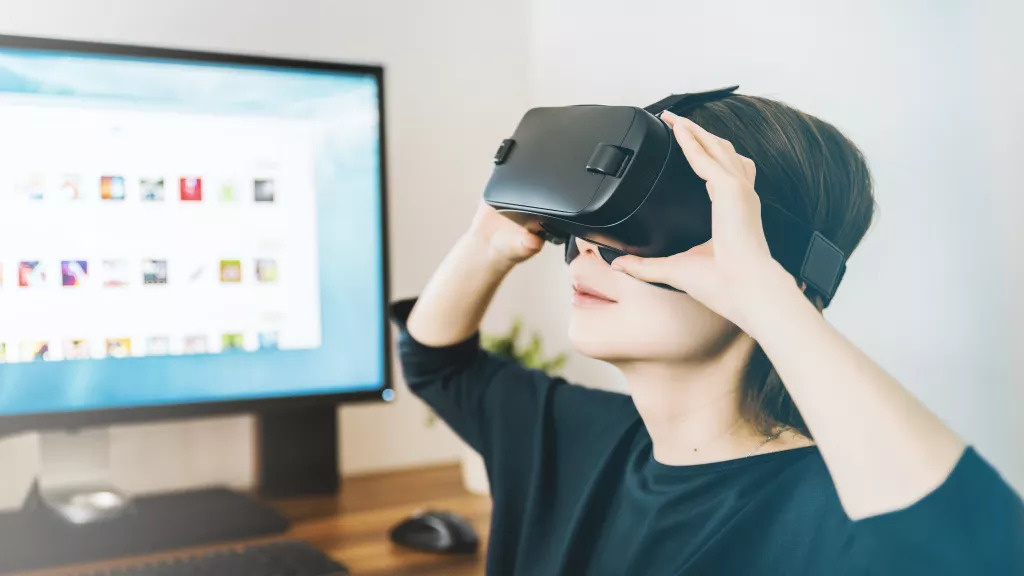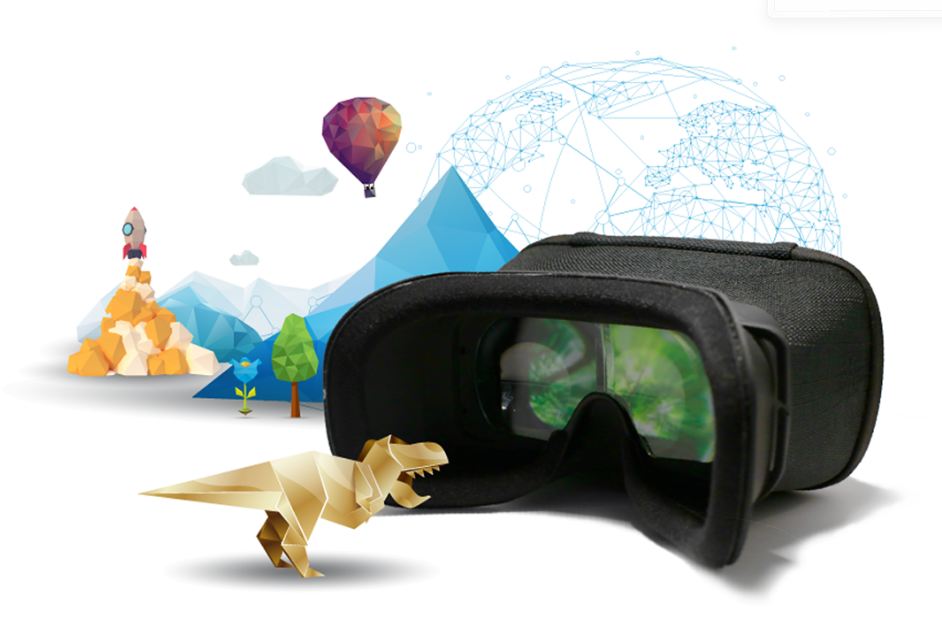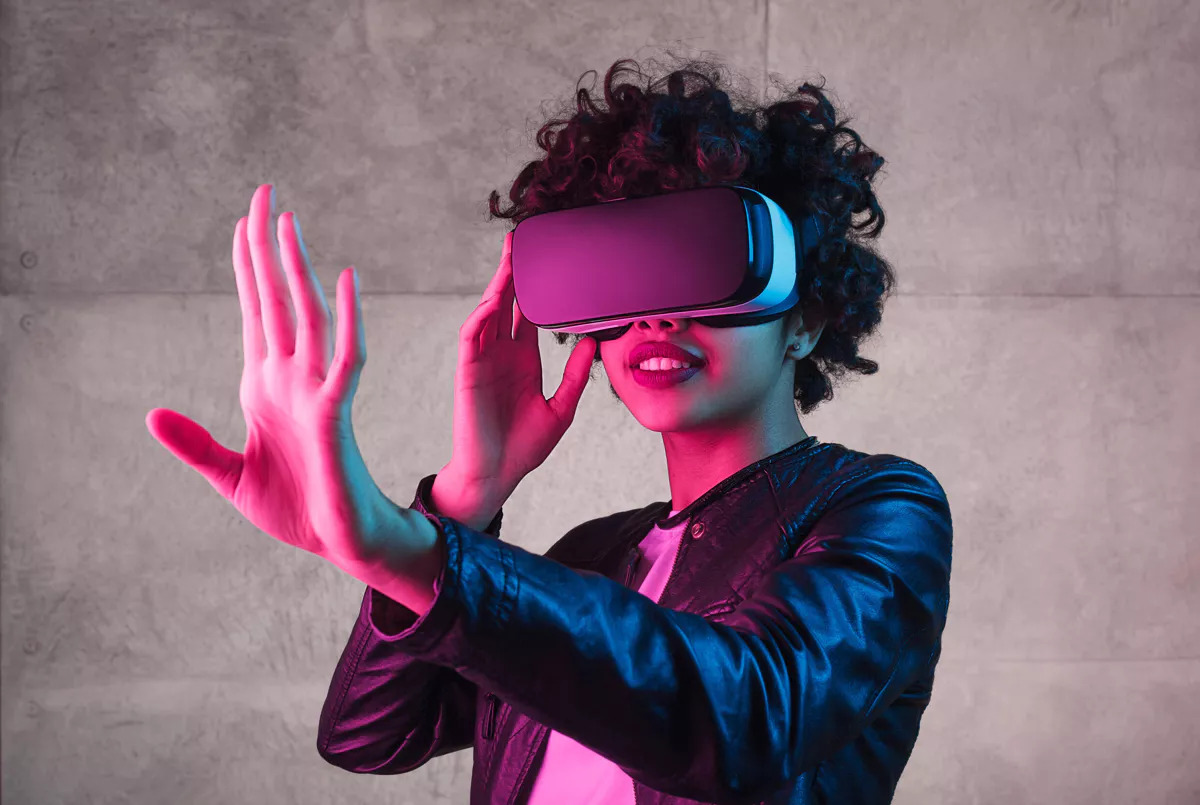AR could play a significant role in the training and tutoring of fresh new recruits in the workforce.
By 2024, over 25 percent of the US workforce will have reached the ages of 60 to 78. As the baby boomer population continues to head towards retirement age, there are fears that this could ultimately lead to a shortage of skilled workers in key aerials like manufacturing, telecommunications and other specialist areas.
Writing for Forbes, business contributor Joshua Wright notes that the heavy proportion of older skilled-trade workers may soon highlight the skill gap between the needs of employers and the talent pool of younger workers. This issue may have been compounded by a widespread shift of focus from American high schools towards preparing students for college, as opposed to more vocational occupations.
While this stark skill gap among tradesmen is set to become profoundly apparent in only three years, augmented reality technology may be capable of solving the problem by boosting productivity and generating more immersive and comprehensive training programs for younger workers.
Despite 55+ workers representing less than 12 percent of the US labor force in 1994 – the smallest represented age group, it’s now forecast to be the largest by 2024. This indicates that measures will need to be taken to ensure that training programs are set in place ready to bring new talent up to speed to ensure that businesses don’t feel the strain of losing their skilled workers to retirement in the coming years.
Augmented reality eyewear technology could play a significant role in the training and tutoring of fresh new recruits in the workforce. Let’s explore in greater depth how AR may be the transformative technology that could change employee training forever – just when we need it most:
Augmented reality, at a glance
Augmented reality acts as an enhanced version of the real physical world that’s achieved through the use of digital elements – whether they be visual, audio or other sensory functions. AR is a growing trend for companies that deliver products related to mobile computing and B2B applications in particular currently.
Amid the rise of data collection and analysis, one of AR’s key assets is to highlight specific features of the physical world, increase understanding of those features, and relay accessible insights that can be applied to real-world applications.
Technology like big data can help to inform the decision-making process of companies and aid them in gaining insights into consumer spending habits and more.
AR can also be used as an immersive educational tool whereby applications or physical tutors can provide live feedback as a digital overlay on top of a real-world environment. Through the use of compatible headwear, users can perform tasks and benefit from a senior professional receiving a live feed from their point of view, for instance.
The appeal of AR training
In the workplace, AR has the potential to enhance the learning and comprehension of both apprentices and long-term employees alike. Furthermore, AR can help to promote more employee engagement and safety awareness – helping to ease the costs of training while lowering learning curves along the way.
AR for commercial/enterprise and communication are set to grow exponentially as we head deeper into the new decade, and with this in mind, it’s clear that new approaches to employee training and engagement will rise to the fore.
Let’s take a deeper look at how augmented reality training is set to make a transformative impact in the world of staff training over the coming years:
Greater Engagement Levels: Many of us naturally learn best by making actions and physically doing things, as opposed to watching and learning. AR provides the opportunity for hands-on learning in a structured and interactive way. With physical devices, new employees can practice job activities at their own pace without any pressure or danger attached to making the wrong move.
The Appeal of Safety: In some industries, there can be an element of danger attached to making a poor decision, and hands-on training environments can often still carry some danger. However, with augmented reality, trainees can practice tasks without the risk of injury to themselves or those around them.
Cost-Effective Training: While AR training equipment costs are likely to be high at the initial purchase stage, the equipment is designed to be reusable and long-lasting. By choosing to embrace augmented training, your company could make significant long-term savings on costly seminars, classes, or even time-consuming trips to different cities for employees to attend training programs.
Adaptable Learning Curves: The great thing about AR technology is that the learning curves associated with training programs can be easily customized. This form of hands-on learning enables trainees to gain a greater idea of how things should work and how to react when things go wrong. They can solve problems and build confidence in their own time to develop a greater understanding.
Furthermore, AR can help to bring motivational perks for employees in learning more about their job activity and company because the technology offers a more imaginative and engaging experience. The tech can also help trainees to better retain the information they receive based on their greater levels of hands-on experience.
There’s also greater potential for training opportunities when it comes to more seasoned workers. This is because the AR headwear can be available on-demand for businesses to use at a time that suits them.
Significantly, the augmented reality technology can help to establish less of a dependency of personnel, who will then be able to perform their primary tasks more frequently.
Straightforward onboarding
Imagine how much more straightforward an employee’s first day in a new workplace would be if they could use a virtual map to learn the layout, understand who their colleagues and managers are, and how their job is best performed.
While there’s no replacement for human interaction when it comes to building workplace relationships, AR offers an option to streamline the onboarding process in a way that causes as little disruption as possible to a working environment – regardless of where they are located.
Beam stands as an example of AR onboarding done right. As a design and digital marketing agency, Beam has enabled new employees to use augmented reality headsets to gain a greater knowledge of the business, the office, and the employees they’ll be working with.Advertisementhttps://05122cc1159688bea09b57b7779d35d7.safeframe.googlesyndication.com/safeframe/1-0-37/html/container.html
In the interest of comfort, Beam suggests that more organizations encourage their employees to use AR headsets during off-hours. The headsets can help to provide information surrounding who sits where, what they do, which clients they work with and how best to communicate with them. Clicking on a person unlocks a brief video about an employee and what they do, and how they may be able to help the trainee. In a clip posted on CMS Wire we can see ‘Andy’ inviting a trainee to “Ask me about joining the new Fantasy Football League. I’m the commissioner.”
Ways that AR will infiltrate the world of training in the near future
AR is clearly already making its presence felt in the world of corporate training, but its impact over the coming months and years is set to be more profound. Already, with the recent smart frames, like Echo frames, we could be close to witnessing fully-functioning AR and VR smart glasses introduced.
With the development of AR smart glasses underway, where the likes of augmented reality will be joined by holography and various other cloud-based developing technology, it’s likely that we’ll soon see immersive lenses encased in traditional-looking frames.
With the refinement of smart glasses technology on the horizon with an expected arrival date of 2022 let’s look at three ways in which AR will influence the training market in the near future:
1. Widespread AR Adoption for Training Purposes
In 2020, HR Technologist boldly predicted that early adopters in the world of AR training would take off as the year progresses. However, the Covid-19 pandemic interrupted this assertion. With the distribution of vaccines rolling out around the world, it’s likely that we’ll see more AR adoption gather momentum again.
The public sector is likely to be one of the largest AR adopters when it comes to training, and AR company, ThirdEye recently teamed up with technology provider 3D Media to better support the training of the US Air Force. This move has been compounded by The US Ignite – an advisory group for local governments – announcing that it’s also investing in AR – among other developing tech.
2. The Arrival of an Augmented Learning Experience Platform (LXP)
The arrival of LXP is a significant upgrade to traditional learning management systems (LMS). Augmented reality can take this one step further by facilitating an entire library of augmented video materials that can be consumed either by dedicated glasses such as the ones discussed prior or through smartphone cameras.
An example of LXP in action can be found in Jolokia and NexTech AR, powered by interactive video, AI, and AR for more immersive training.
3. Mitigating Cases of Harassment and Discrimination at Work
This use case could be the source of significant appeal when it comes to the widespread adoption of AR in training. According to Harvard Business Review, the number of women who reported gender harassment rose by 92 percent between 2016 and 2018. The potential application of anti-harassment training videos and simulations may be a key piece of technology to mitigate this.Advertisement
As AR technology becomes increasingly advanced while the hardware that supports it becomes more simplified and affordable, many industries are heading towards a future of augmented adoption of some form.
With the potential use cases for AR in terms of employee training ahead of a time when a generation of workers are reaching the retirement age, augmented reality headsets offer a cost-effective solution that’s capable of efficiently training up new skilled workers in a more immersive and engaging way. In this regard, augmented reality wearables may well have arrived ready for adoption just in the nick of time.
Dmytro Spilka, CEO, Solvid
Get updates from all sorts of things that matter to you
Quelle:
Foto: (Image credit: Image Credit: Jeshoots / Unsplash)




